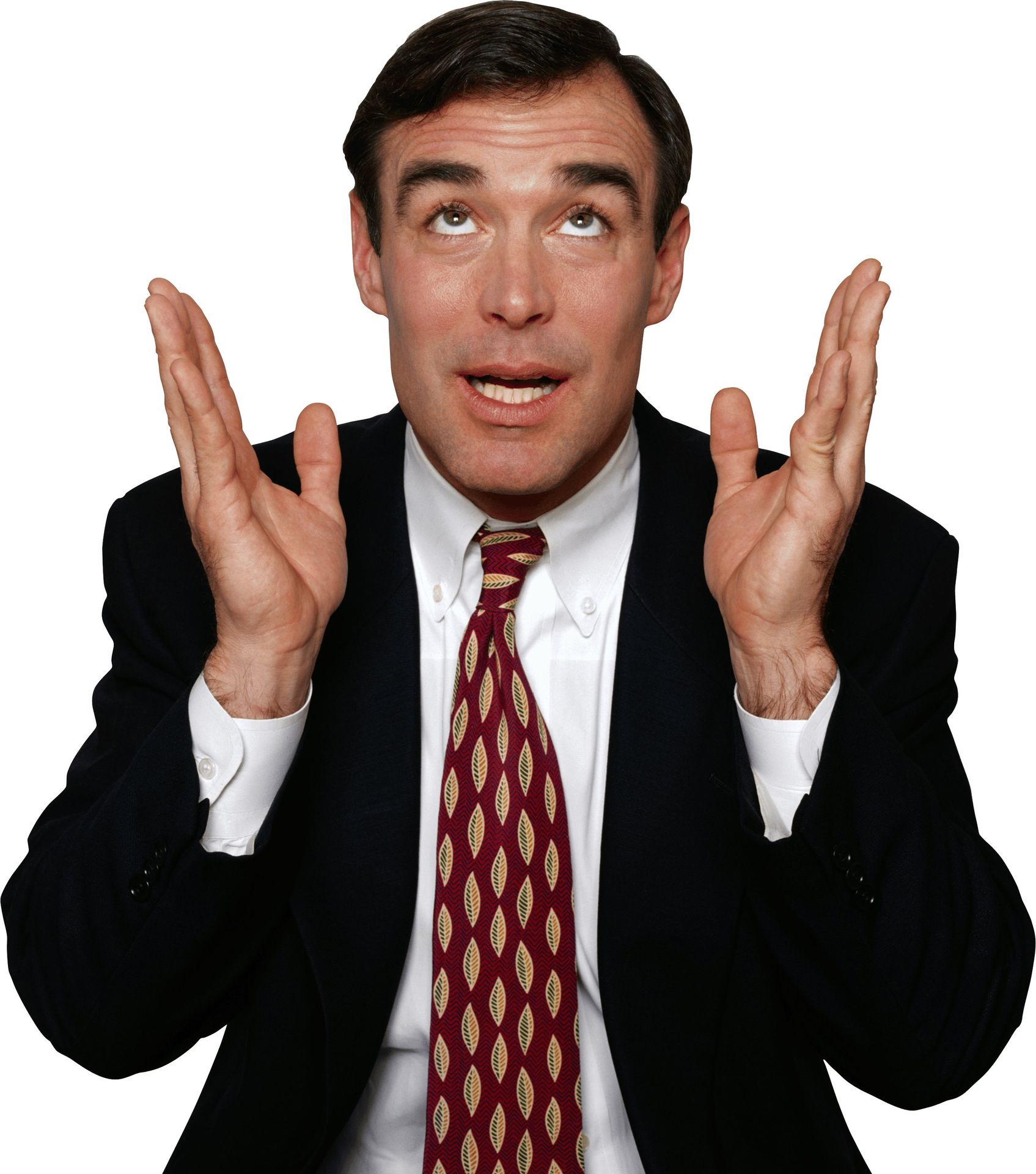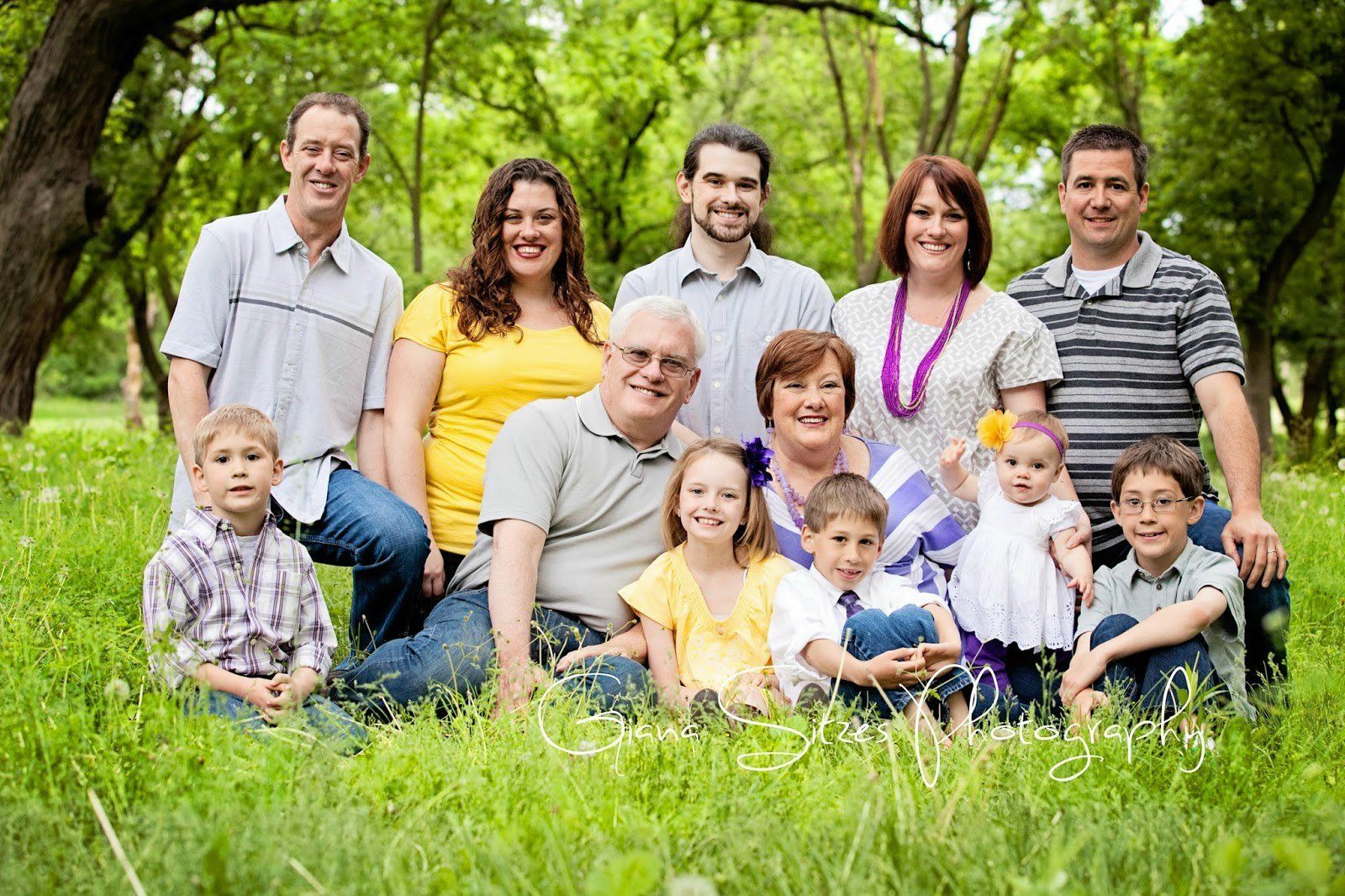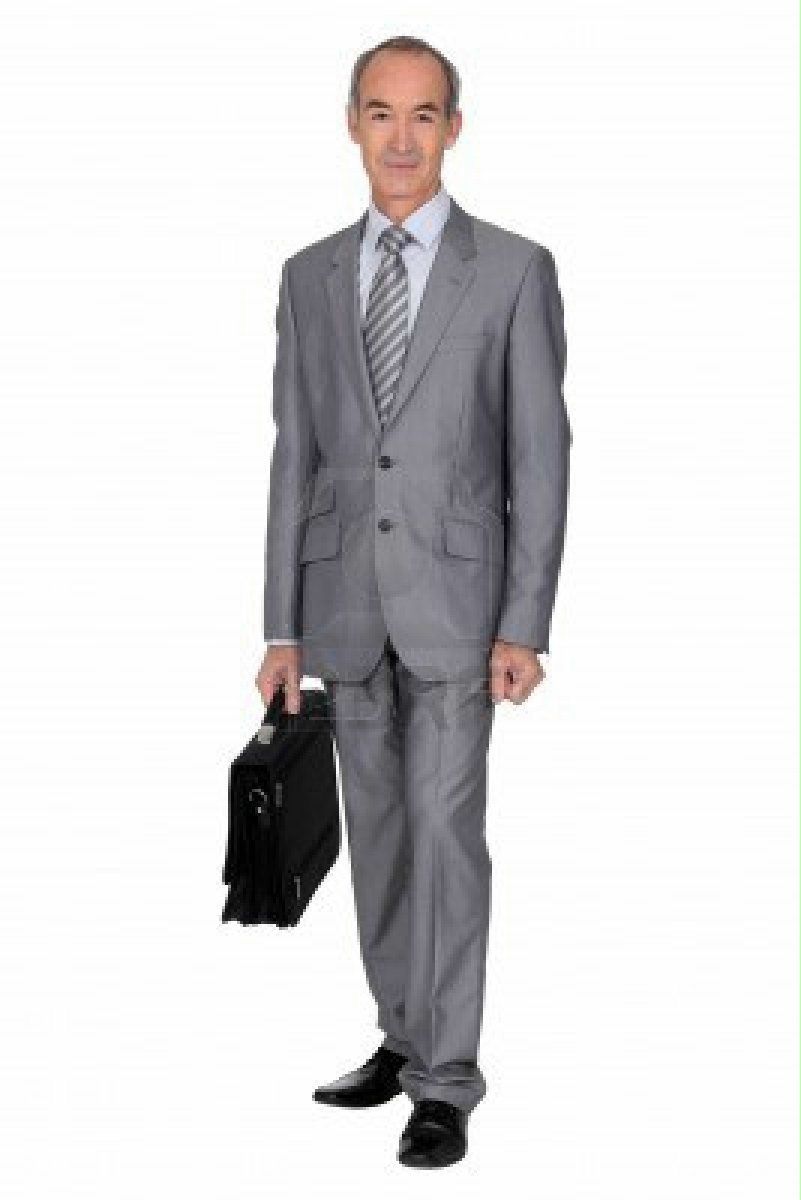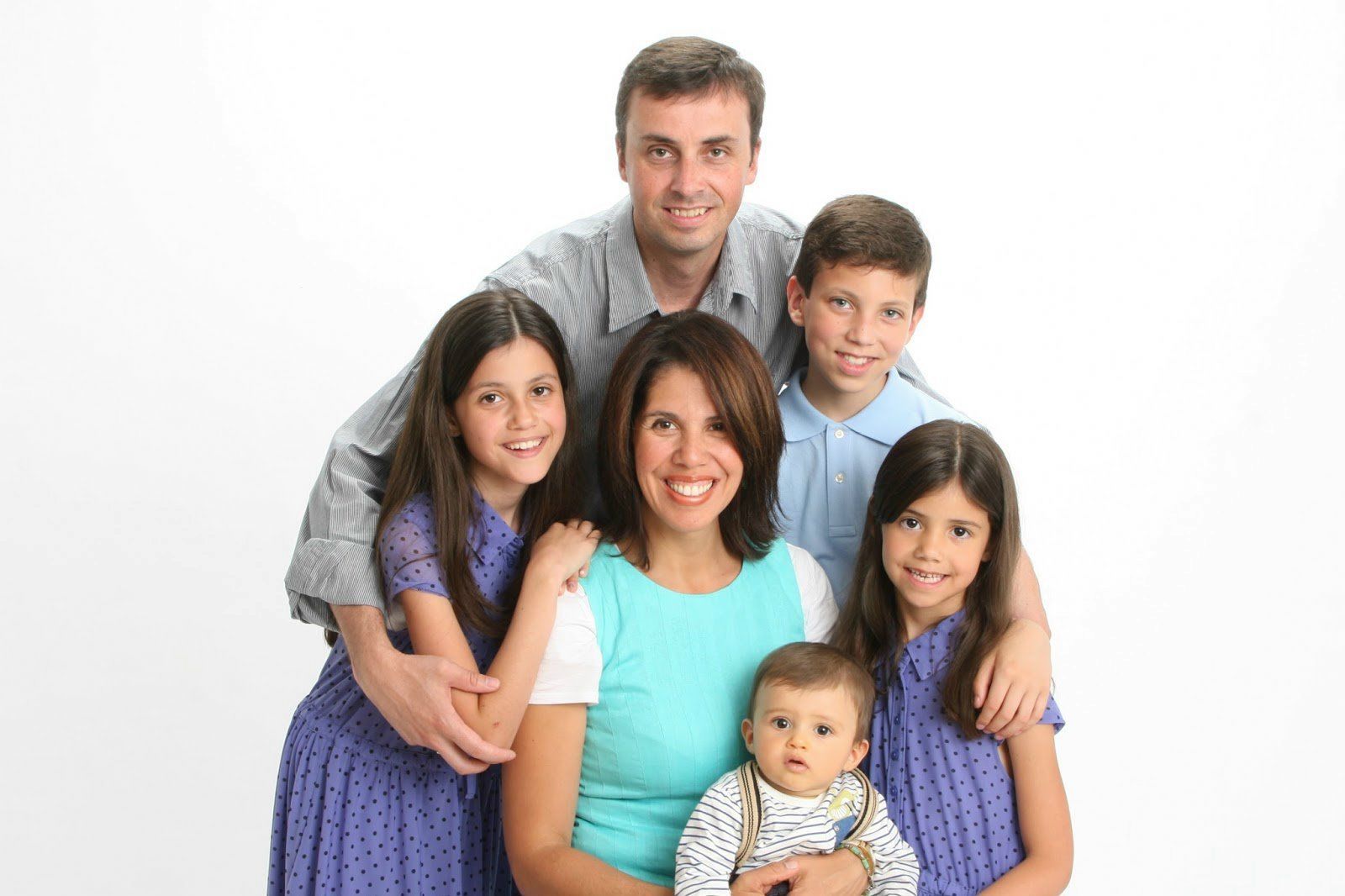 Breaking News
Breaking News
The Expert You Hire Is Biased. You Just Don’t…
The acrid tang of sulfur dioxide still clung to the air, a phantom limb of the problem that haunted Facility Manager Mark. He gestured to the stained concrete, a testament to a chemical sticktail no one had truly anticipated. Across from him, the salesman from “GlobalSolve Systems” nodded, his smile practiced, his brand’s badge gleaming under the fluorescent lights of Building 1. “This,” the salesman began, sweeping an arm towards the offending area, where a recent chemical breach had left its indelible mark, “is a textbook case for our HydroSeal 41 system. It’s designed precisely for this level of corrosive activity. A perfect fit, guaranteed.” Mark, weary after 11 long hours on site, listened intently, wanting to believe.
He wanted to believe because finding a genuine solution felt like wrestling an alligator in a phone booth. He’d seen 11 different specialists, each offering a sliver of an answer, but the GlobalSolve representative, with his crisp uniform and confident pronouncements, felt different. He was *certified*, after all. Brand-certified, which in our minds often equates to objective authority. Yet, the problem, as Mark knew in his gut, was more complex than any singular system could address. The unique interaction of the chemicals, the sub-base composition, the daily temperature fluctuations – these were details GlobalSolve’s brochure barely touched upon, glossed over in the confident stride of a specialist who only had one solution in his bag of tricks.
Single Solution
Complex Problem
The Silent Cost of Misdirection
This isn’t an isolated incident. It’s a silent, pervasive issue, quietly chipping away at business budgets and project timelines, often costing companies millions of dollars, not just a few thousand. We invite someone to solve a problem, hoping for diagnostic brilliance, for a truly objective assessment. Instead, what often arrives is a finely-tuned sales channel wearing the uniform of a specialist. A contractor who works exclusively with a single brand, no matter how reputable, isn’t offering product-agnostic expertise; they’re offering the only answer their playbook allows. Their brand affiliation, while it might suggest deep familiarity with one product line, inherently creates a conflict of interest. Their job isn’t always to find the *best* solution for *you*, but the *best* solution *their brand makes*. It’s a subtle but critical distinction, one I’ve personally overlooked more than 11 times in my career, sometimes paying a steep tuition fee for the lesson. I recall one particular instance, a complex software integration, where the “certified” vendor promised a seamless transition, only for us to discover 41 critical incompatibilities 61 days into implementation. My insistence that we explore an open-source alternative had been dismissed as “unnecessary complication.” The cost of being right, but unheard, lingers.
Hidden Costs
Long-Term Value
This is where the real cost lies: not in the product itself, but in the misdirection.
The Bureaucracy of Bias
Consider Finley A.J., a refugee resettlement advisor I knew. Finley often spoke about the crushing weight of navigating systems designed without individual lives in mind. They worked tirelessly, often seeing well-meaning but ultimately rigid frameworks offered to families who desperately needed truly custom solutions. A housing program that didn’t account for specific cultural dietary needs, a language class schedule that clashed with critical childcare duties, a job placement service offering only 11 specific industries when a family had 41 other, more relevant skills. Finley once recounted a family, newly arrived, where 11 members suffered from a rare dietary intolerance not covered by any standard food assistance program. The “expert” advice was to adapt, to try alternatives, rather than to seek out specific, tailored support that absolutely existed outside the rigid framework. It wasn’t malice; it was just a blind spot, a pre-packaged solution trying to fit every unique, jagged edge into a predetermined slot. Finley’s core frustration echoed Mark’s: the system *had* to deliver X, even if X wasn’t what Y, the actual person or problem, truly needed. The experts administering these programs were biased towards the solutions they were funded or trained to provide, not necessarily the optimal ones for the diverse needs on the ground. It was an argument Finley consistently lost, even when they were unequivocally right, simply because the bureaucratic machinery preferred its own predefined answers. That felt familiar, a resonance with my own recent, frustrating encounter where my own specific insights were dismissed in favor of a generalist, pre-approved framework, simply because it offered a tidier, more marketable package. It felt like being told your specific pain isn’t real because it doesn’t fit the approved diagnosis.
Standardized Box
Unique Needs
Custom Fit
The Nuance of True Expertise
The sales representative at Mark’s facility isn’t necessarily ill-intentioned. They’re doing their job, promoting what they know, what their company has invested 11s of millions into developing and marketing. But this tunnel vision can blind them to alternatives that might be genuinely superior or more cost-effective for a particular scenario. For Mark’s chemical spill, the HydroSeal 41 system might offer excellent resistance to a certain chemical, but what if the spill involved a complex blend, creating synergistic effects that the singular product wasn’t designed for? What if the concrete substrate itself needed different prep, something the GlobalSolve system didn’t natively integrate, requiring an additional, unapproved step? These are the diagnostic questions that true expertise should unravel, not sidestep. These are the complexities that lead to 11 hidden problems down the line, costing an additional $41,001 in remediation or replacement.
Uncovers root cause
Offers quick fix
True expertise, the kind that saves businesses hundreds of thousands, if not millions, doesn’t start with a product. It starts with an open-ended investigation. It’s asking, “What precisely is happening here? What is the *real* problem, beyond the surface manifestation?” before jumping to, “Here’s what I sell.” It’s an approach that feels increasingly rare, replaced by product-specific certifications that narrow the field of vision rather than expanding it. We’ve been conditioned to trust the branded solution, the expert with the official badge, assuming that implies comprehensive knowledge. It often implies comprehensive knowledge *of one thing*, or one specific methodology, to the exclusion of 41 others, each of which might offer a more precise or durable solution. This isn’t about devaluing specialized knowledge, but about recognizing the inherent limitations of specialization when it’s tethered to a single commercial entity.
The Wrong Tool for Every Job
Think about the implications for something as fundamental as floor coatings. You might have a high-traffic area, demanding particular abrasion resistance. Or a clean room environment, requiring specific antimicrobial properties and ease of sanitization. Or a food processing plant, where chemical resistance to sanitizers and acids is paramount, alongside non-slip characteristics. Each of these scenarios presents a unique challenge, a distinct chemical footprint, a specific operational rhythm. To apply a single brand’s “best solution” across all these variables is like using the same wrench for every single bolt on a complex machine. It’s simply not going to be optimal 11 times out of 11. It’s like trying to force 41 different shaped pegs into one round hole and calling it a custom fit.
High Traffic
Clean Room
Food Processing
For instance, consider a facility requiring an epoxy floor coating for a loading dock that sees constant forklift traffic and occasional heavy impact. A brand-exclusive installer might recommend their standard heavy-duty epoxy, perhaps their “TitanCoat 11.” However, a truly independent expert would conduct a thorough assessment: what are the peak load weights? What type of forklift tires are used? Are there any specific chemical drips or temperature extremes? Based on this diagnostic, they might suggest a specific type of urethane cement from one manufacturer, or perhaps a hybrid system incorporating polyaspartic coatings from another for faster cure times and enhanced durability in that exact application. They would weigh the pros and cons of 11 different materials from 41 different manufacturers, not just the one they are authorized to sell. This independence allows for a genuinely tailored recommendation, one that prioritizes the client’s needs over a sales quota, delivering a solution that lasts for 11 years, not just 11 months. This is the difference between a technician with a hammer, seeing every problem as a nail, and a diagnostician with a full toolkit, selecting the precise instrument for the specific task at hand.
The Power of Impartiality
I once worked on a project where we had an intricate HVAC problem. The first “expert” we brought in was certified by a major manufacturer. Their proposal was, predictably, a complete overhaul using their proprietary system, costing us $201,001. It felt off. My gut told me there was a simpler, more targeted issue, perhaps a faulty relay or a clogged filter. I insisted on getting a second opinion, this time from an engineer who explicitly stated they had no affiliation with any specific brand. This independent diagnostic approach, which took an additional 11 days but saved us immense future headaches, revealed a faulty sensor and a minor duct obstruction, a fix that cost us a mere $1,001. The difference was stark: a brand ambassador selling a system versus an impartial problem-solver. It was a humiliating moment for me, realizing how easily I’d almost swallowed the first, more expensive narrative, simply because it came with a “certified” stamp and the promise of a tidy, albeit costly, solution. It showed me how crucial it is to challenge assumptions, even when they come from ostensibly authoritative sources, especially when those sources have a vested interest in selling a particular product. The mental burden of fighting for the right path, when everyone else is urging the easy, branded one, is immense.
Overhaul
Targeted Fix
The real challenge isn’t finding *an* expert; it’s finding the *right* kind of expert.
The Path Forward: Sharper Questions
The cost of this quiet corruption, this subtle bending of professional duty towards commercial interest, runs into billions annually for businesses globally. Projects are delayed, solutions fail prematurely, and budgets swell, sometimes by 11 or 21 percent. The facility manager, like Mark, is left with a recurring problem and a dent in his budget. He’s not just paying for a floor coating; he’s paying for the peace of mind that it will *work*, that it was the *right* choice. When that peace of mind is undermined by unacknowledged bias, the trust erodes, and the problem often returns, demanding 11 more solutions and an additional $171,001 in corrective measures.
What then, is the way forward? It begins with asking sharper questions. “Which brands do you work with?” is a good start, but “What other products or systems *could* solve this problem, even if you don’t personally install them, and why are those less suitable for *my* specific situation?” is a better one. Push for the diagnostic journey, not the immediate product pitch. Demand an explanation of the alternatives, and why the recommended solution genuinely stands as the superior choice, not just the default or the one that generates the highest commission. Seek out contractors who openly embrace a multi-vendor approach, who view their role as a problem-solver first and a product installer second. Their allegiance should be to the optimal outcome for your specific scenario, not to a sales target dictated by a single manufacturer. This perspective, born from 21 years of seeing good intentions go awry due to inherent bias, isn’t about distrusting every professional, but about understanding the systemic pressures that can subtly skew their advice. It’s about insisting on a level of objectivity that goes beyond a brand certification, ensuring that the solution offered is truly *your* solution, not just *their* solution. It’s about recognizing that sometimes, the most confident voice is merely echoing a marketing brochure. And that, in an increasingly specialized and brand-driven world, is perhaps the most valuable insight of all for any business hoping to avoid the recurring costs of biased “expertise.”































